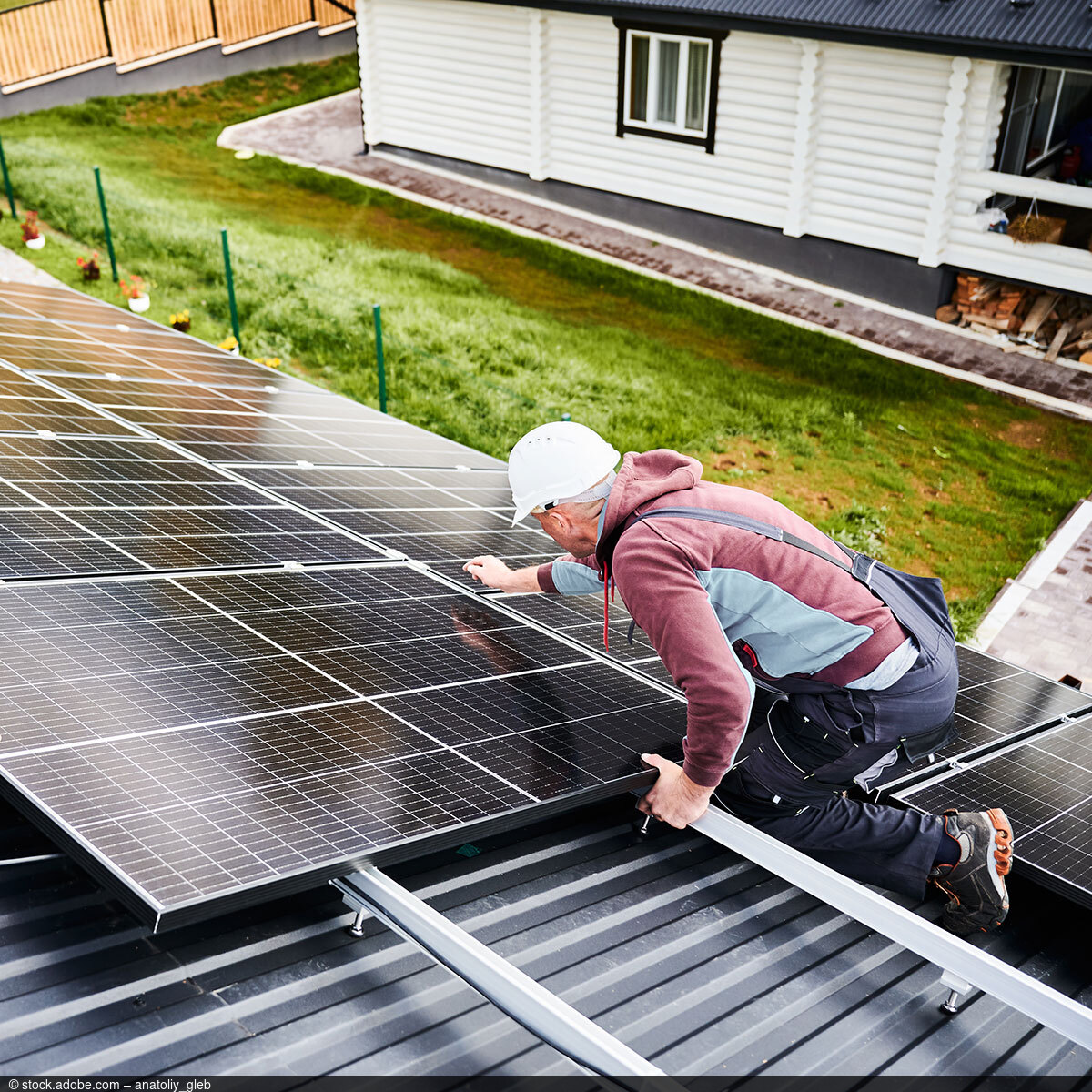Upfront Subsidies Preferable to Feed-In Tariffs
ResearchZEW Study on Subsidising Solar Installations in Private Homes
For homeowners or landlords, the decision to install photovoltaic (PV) systems largely depends on whether the investment proves worthwhile. Subsidies play an important role, as does the timing of installation. A representative study by the ZEW Mannheim now reveals that an upfront subsidy is more effective than a retrospective one. Furthermore, high administrative burdens in particular discourage landlords from installing more PV systems.
“Property owners significantly undervalue the future benefits of PV systems. Had the investment costs been subsidised in advance, over one third of the subsidies spent in the past could have been saved,” says Professor Sebastian Rausch, Head of the ZEW Research Unit “Environmental and ClimateEconomics,” summarising the results.
Underestimated future benefits
Currently, the German subsidy programme is based on feed-in tariffs: Property owners are guaranteed a fixed price for 20 years at which the electricity they generate can be sold. However, despite the future value being one euro, homeowners are only willing to pay 67 cents – related to today’s discounted earnings from electricity generation. Thus, they are underestimating future benefits.
High costs due to bureaucratic hurdles
For landlords, an additional issue arises: Administrative costs accounting for over 20 per cent of the investment costs mean that, despite similar investment costs and feed-in revenues, significantly fewer PV systems are installed for tenant electricity. If landlords are to invest more, bureaucratic hurdles within the tenant electricity programme need to be reduced – which would also result in cost savings.
Findings to support a successful energy transition
“Electric vehicles and heat pumps are key elements of the energy transition and crucial for achieving climate neutrality. Therefore, the results of this study should be used to design future subsidy programmes efficiently and effectively,” concludes Rausch.
Data foundations
The evaluation in the study is based on an econometric model that describes the investment decision and the timing of the investment in new technologies. The model is estimated using data on PV adoption between 2012 and 2021 from the German Core Energy Market Data Register, as well as information on PV investment costs, electricity prices and feed-in tariffs. It provides estimates for the discount factor, which values the future benefits from electricity generation relative to the present.


